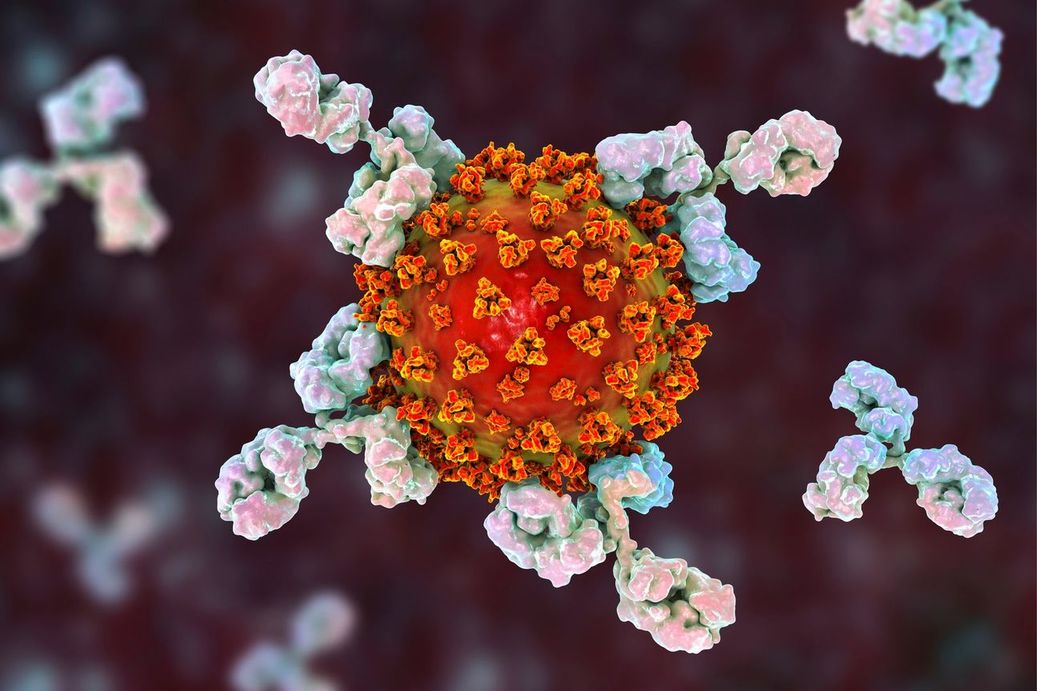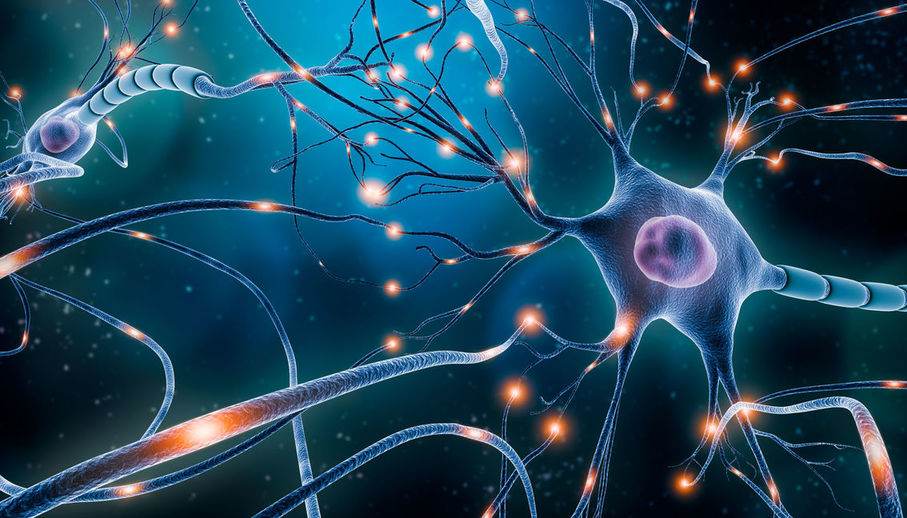Lectin-Glycan Interaction Predictive Modelling Service
Accuracy in Action: Leading Lectin-Glycan Interaction Predictive Models
At CD BioGlyco, our Glycoinformatics-assisted Glycan-Molecular Interaction Analysis Service combines the latest bioinformatics, structural biology, and machine learning methods to analyze and predict interactions between glycans and molecules. As one of the core services of this service, our lectin-glycan interaction predictive modeling service integrates advanced computational biology and artificial intelligence technology services to help clients accurately predict and simulate the interaction between lectin and glycan. This service not only helps clients understand the mechanisms of these interactions at the molecular level, but also provides strong support for areas such as drug development, disease research, and new material design.

Data collection and pre-processing
Data collection: We collect structural, sequence, and functional data on known lectins and glycans from multiple sources to ensure data quality and consistency.
Standardization: We standardize the data, such as unification of coordinate systems, standardization of residue numbers, etc.
Protein-ligand interaction profiler (PLIP) feature generation
Interaction site identification: We use the PLIP tool to identify potential interaction sites between lectins and glycans.
Feature extraction: We extract key features from interaction sites, such as hydrogen bonds, hydrophobic interactions, ionic bonds, etc.
3D pocket identification
Pocket identification algorithms: We use three-dimensional pocket identification algorithms, such as FPocket or CASTp, to identify potential binding pockets on the lectin surface.
Pocket characterization analysis: We analyze pocket characteristics such as size, shape, charge distribution, etc. to evaluate their binding potential to glycans.
3D pocket feature generation
Pocket feature extraction: We extract key features from the identified three-dimensional pockets, such as the geometric features of the pocket, amino acid composition, electrostatic potential energy, etc.
Feature encoding: We encode the extracted features to facilitate subsequent machine learning algorithm processing.
Binding site residue characteristics
Residue analysis: We analyze the amino acid residue properties of the lectin binding site, such as hydrophobicity, charge, hydrogen bonding ability, etc.
Conservation analysis: We compare the binding site residues between different lectins and analyze their conservation during evolution.
One-versus-all statistical associations
One-to-many statistical analysis: We perform a statistical analysis of each lectin with all its possible binding glycans to identify significant features that bind to specific glycans.
Correlation analysis: We use correlation analysis methods (such as the Chi-square test and Fisher's exact test) to evaluate the degree of association between features and glycan binding.
One-versus-all predictive modeling
Predictive model construction: We construct independent prediction models for each lectin to predict its binding probability to different glycans.
Model training and optimization: We use machine learning algorithms to train prediction models and optimize model performance through cross-validation and other methods.
Glycan recognition similarity analysis
Glycan recognition similarity assessment: We analyze the similarity in recognition of glycans by different lectins to reveal commonalities and differences between them.
Cluster analysis: We group lectins using a clustering algorithm to identify lectin families with similar glycan recognition properties.
Determinants of fine specificity for αNeuAc glycans
Study of the fine specificity of specific glycans: We further study the fine specificity of lectin binding to αNeuAc-containing glycans.
Key feature identification: We identify key features that bind to αNeuAc glycans, such as specific amino acid residues and pocket shapes.
Mechanism analysis: We use structural biology and computational simulation methods to analyze the molecular mechanism of the binding of lectins to αNeuAc glycans, providing new ideas for drug design, disease research, and other fields.
Publication Data
Technology: Systematic characterization, comparison, and predictive modeling of lectin-glycan complex
Journal: PLoS Computational Biology
IF: 4.3
Published: 2021
Results: The authors carried out a comprehensive examination of specificity-conferring features of all accessible lectin-glycan complex structures. They systematically characterized, compared, and created a predictive model of a set of 221 complementary physicochemical and geometric features that represented these interactions. Notably, these features presented potential mechanistic insight. The authors conducted univariable comparative analyses using weighted Wilcoxon-Mann-Whitney tests, which indicated strong statistical correlations between the features of binding sites and specificity, with these being conserved across unrelated lectin binding sites. They also carried out multivariable modeling with random forests. Their findings demonstrated that these features had valuable utility for predicting the identity of bound glycans, broadening patterns learned from non-homologous lectins.
 Fig.1 Lectin-glycan interaction characterization and comparison. (Mattox & Bailey-Kellogg, 2021)
Fig.1 Lectin-glycan interaction characterization and comparison. (Mattox & Bailey-Kellogg, 2021)
Applications
- Lectin-glycan interaction predictive modelling can be used to determine how lectins interact with disease-associated glycans, providing valuable information for drug design.
- The interaction of lectins with glycans plays a crucial role in immune responses. Lectin-glycan interaction predictive modelling can be used to understand these interactions and develop more effective vaccines.
- Lectin-glycan interaction predictive modelling can be used to develop genetically modified crops that are more resistant to pests and diseases.
Advantages of Us
- We combine structural biology and machine learning algorithms to achieve highly accurate predictions of lectin-glycan interactions.
- We comprehensively consider the impact of multiple factors (such as structure, sequence, and function) on interactions and conduct a comprehensive analysis.
- Our services are customized to client needs, supporting different-sized data sets and multiple analysis needs.
Frequently Asked Questions
- How do I know your service is accurate and reliable?
We take the accuracy and reliability of our services very seriously. To ensure the accuracy of the prediction model, we adopt a multiple-validation strategy, including cross-validation and independent test set validation. In addition, we regularly update and optimize our models to reflect the latest biological knowledge and experimental data. Our service team consists of experienced bioinformaticians and computational biologists who can provide professional support and interpretation. At the same time, we provide detailed reports of prediction results so that clients fully understand and evaluate our services.
- What specific problems can your services solve for me?
Our lectin-glycan interaction predictive modelling service helps clients solve a range of problems related to complex lectin-glycan interactions. For example, in drug R&D, our services predict potential drug targets and drug lead compounds, thereby accelerating the process of drug development. In disease research, we analyze changes in lectin-glycan interactions to help develop disease-related biomarkers. In vaccine design and optimization, our services mimic glycans on the surface of pathogens to design more effective vaccines. In addition, our services can be used for surface property optimization and cell adhesion analysis in biomaterial engineering. By providing these services, we are committed to helping our clients achieve more breakthroughs and success.
At CD BioGlyco, our lectin-glycan interaction prediction modelling service provides clients with a platform for in-depth understanding and exploration of lectin-glycan interactions through data collection, property analysis, prediction model building, and other aspects of work. Our goal is to provide this service to help clients decipher the secrets of this complex interaction and promote progress in related scientific research fields. Please feel free to contact us if you are interested in our lectin-glycan interaction predictive modelling service.
Reference
- Mattox, D. E.; Bailey-Kellogg, C. Comprehensive analysis of lectin-glycan interactions reveals determinants of lectin specificity. PLoS Computational Biology. 2021, 17(10): e1009470.
For research use only. Not intended for any diagnostic use.
Quick Links
Related Services



 Fig.1 Lectin-glycan interaction characterization and comparison. (Mattox & Bailey-Kellogg, 2021)
Fig.1 Lectin-glycan interaction characterization and comparison. (Mattox & Bailey-Kellogg, 2021)


